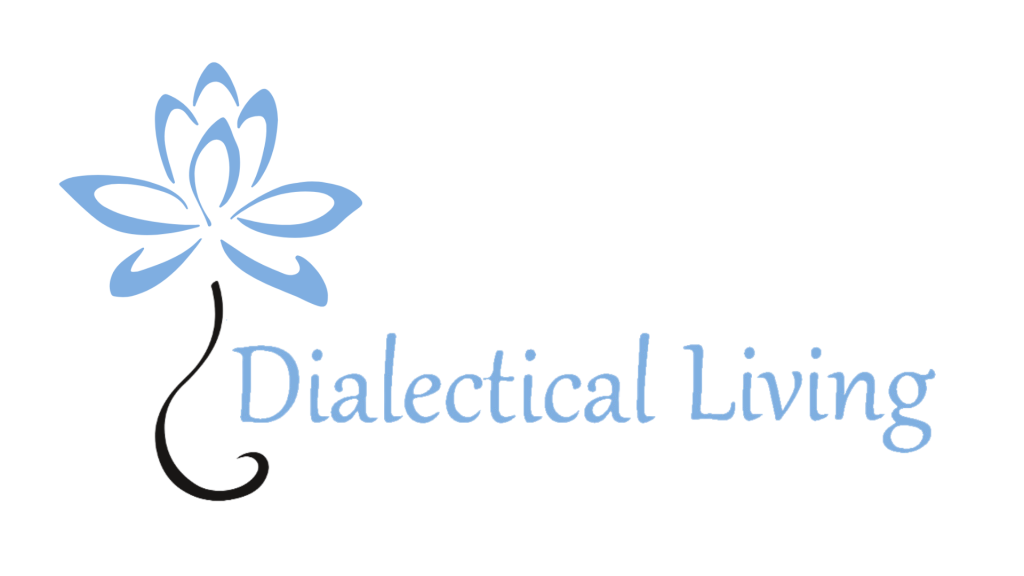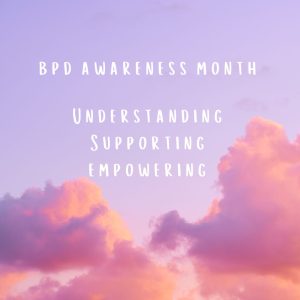When I first starting my DBT treatment, I was mainly using distress tolerance skills. Self-soothing, TIP, IMPROVE and ACCEPTS were among my favorites at the time (for the next couple of weeks, I will be going over these skills, but let’s start with self-soothing). I never knew how to soothe myself and often times I needed someone or something to make me feel better (it is common for people to turn to drugs and alcohol if they do not know how to self-soothe, which, in my case, was a result of childhood neglect/abandonment). Learning how to self-soothe was essential to my recovery. I distinctly remember being frantically anxious during my less mindful days and not knowing what I could do about it. I can compare it to a sensation of drowning – I’m struggling to stay above water, but exhaustion is dragging me back down. I believe that Marsha would describe this sensation as suffering and suffering is always a result of pain and the non-acceptance of reality.
When I started to use distress tolerance skills, I realized that if I wanted to feel better, I would have to be more compassionate with myself and treat myself like I would treat a loved one, a friend or a family member. Self-soothing is about treating yourself with compassion, which was a strange notion to me, as I almost always turned to self-destruction as a way to cope. Here are some examples of what I do to this day to self-soothe.
TOUCH: I have two cats. Cuddling and petting them became a crucial part of self-soothing. They bring me so much joy and I am so grateful for the calmness they bring to my life (even when my tuxedo interrupts my dinner for a delicious morsel of chicken, which is his favorite).
TASTE: At the beginning of my treatment I was eating an abundance of sweets. Perhaps I overdid it to the extent that it was unhealthy, but my DBT journey hasn’t been a perfect one! Some nights, when I would feel particularly anxious, I would bring cookies and other treats to bed, savoring each bite. My use of taste self-soothing has evolved a bit since then. Recently I have been baking desserts and cooking elaborate Persian dishes (I bake a mean cherry cheesecake and my favorite dish is a winter classic for Iranians, pomegranate walnut stew or fesenjoon). While I bake, I’m using most of my senses and as such it is an excellent activity for self-soothing (taste, touch, sight and smell).
HEARING: Music is so therapeutic and on those nights where I simply couldn’t sleep and the negative thoughts were roaring in mind, I would play Sufi meditation music. The music relaxed me enough that I could eventually fall asleep. Since I consider music to be therapeutic, I don’t go a day without listening to my favorite band on my tablet (after a hard day at work, it’s very soothing to listen to some Maria Callas on the subway ride home). If it is financially feasible for you, buy yourself a tablet, it is the ultimate distress tolerance kit – listen to soothing music, watch travel videos, play a relaxing puzzle game and you can bring it with you anywhere you go.
VISION: For self-soothing, you don’t want to do anything too exciting or stimulating and so watching an action movie wouldn’t be helpful. For that reason, I would watch something that had beautiful scenes in nature and were slow paced with little dialogue. Last week, I watched a documentary on Netflix about lemurs, I’m not a fan of Morgan Freeman, but simply focusing on the beautiful habitat of the lemur and listening to it’s haunting call was very soothing.
I try to self-soothe everyday, because it’s important for my recovery that I have compassion for myself.




